Part II: Interview with Shuichi Suzuki, New President of SAA - From Global Business to the Sasakawa Africa Association (SAA)
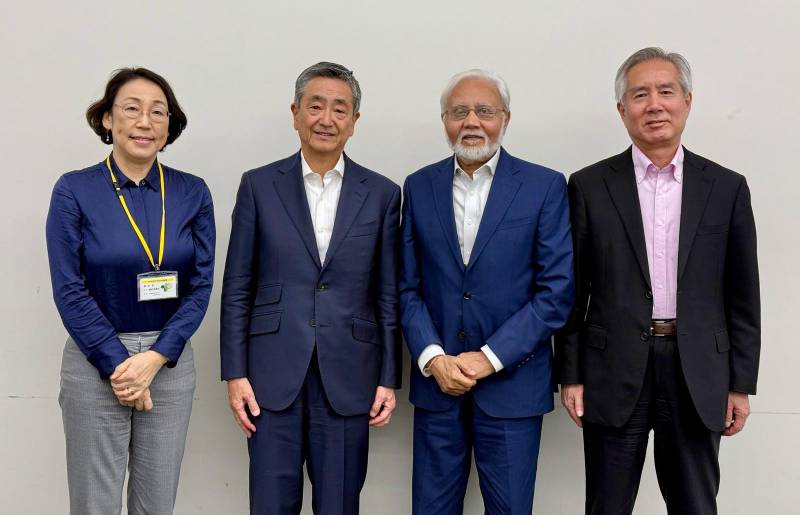
Part II: From Global Business to the Sasakawa Africa Association (SAA)
At first glance, the global business experience at a trading company and the activities of the Sasakawa Africa Foundation (SAA), which supports agriculture in Africa, may seem like two different worlds.
However, what emerged in the interview was a consistent value of “carrying out projects that benefit society, steadily progressing them on the ground.” We interviewed how the experience gained from years of business on the ground connects to SAA's activities, and what thoughts shaped this approach.
— How do you reconcile “social contribution” and “business promotion”?
No matter the business, if it does not contribute to society, it will not be pursued— this has been a fundamental principle deeply rooted in the corporate group I belonged to for many years, and it continues to guide my own actions today. The value of "benefiting both self and others, seeing public and private interests as one" has been embedded in the company’s culture long before terms like the SDGs or materiality became widely discussed.
Since around 2015, there has been a growing focus on identifying and clarifying material issues—those that truly matter to society and stakeholders. Before starting any new business, we would always ask ourselves: “Does this project serve a meaningful purpose for society?” and “Is it aligned with our core priorities?”” Rather than chasing profit alone, we aimed to create value for local communities and all those involved. Working in such an environment, I came to see that doing business and contributing to society can—and should—go hand in hand.
— What does social responsibility mean in the energy sector?
Even in the energy sector, where I was engaged for many years, there have been repeated moments when we had to reevaluate our social responsibilities. Especially after the Paris Agreement in 2015, attention toward CO₂ reduction gradually intensified, and by around 2019, “decarbonization” became a pressing issue for the entire industry. Within this context, we once again had to confront the question: “How can our business truly contribute to society?”
While transitioning to renewable energy is the ideal, it cannot be achieved overnight. Energy is essential infrastructure for society; without a stable supply, neither society nor the economy can function. With that reality in mind, we positioned gas—which has relatively low CO₂ emissions—as a practical short- to medium-term solution and promoted its optimal utilization.
At the same time, we worked to build a foundation for long-term decarbonization through initiatives involving next-generation energy sources like hydrogen and ammonia, as well as institutional reforms and technological development. Because we were engaged in the gas business, we were uniquely positioned to deeply consider how to balance the stable supply of energy with the creation of social value.
— The “responsibility of energy supply” felt during the pandemic
After I transferred to a new role, the COVID-19 pandemic swept the globe, and economic activity ground to a halt in many countries. Liquefied petroleum gas (LPG) is a vital infrastructure not only in urban areas but also in rural households and hospitals. If its supply were to stop, people’s lives would be severely impacted.
Despite the risks, we continued to go to work daily, maintaining strict infection control measures to uphold the supply system. Receiving imported LPG, storing it, and distributing it—all of these processes could not be halted, even during a pandemic. This was, in every sense of the word, essential work.
Through this experience, I realized that the responsibility of energy supply is not merely operational execution—it is an act of supporting the very foundation of society. While working toward long-term goals like CO₂ reduction, we must also ensure that we reliably meet immediate energy demands. I strongly felt that this balance is the true mission of modern energy providers, and a critical step toward achieving the SDGs’ goal of “affordable and clean energy for all.”
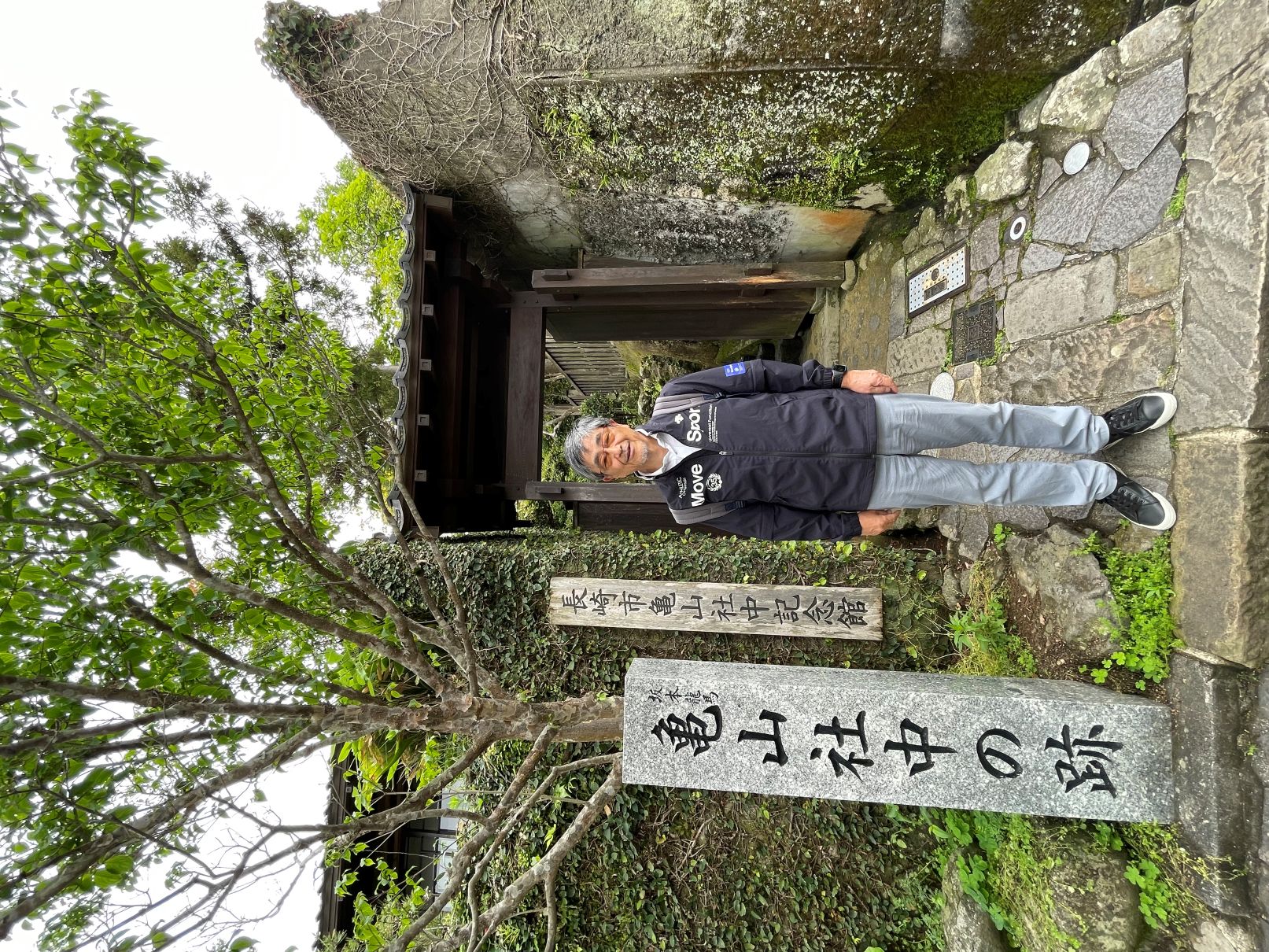
In front of the former site of Kameyama Shachu, a trading company founded by Ryoma Sakamoto
– What led you to take on the position of SAA President?
After stepping down from my previous role, I spent about two years enjoying what one might call a retirement lifestyle—playing golf, traveling, listening to music, and so on. I thought I was about to enter a peaceful, quiet chapter of life. Just then, I was approached about the current position.
At first, to be honest, I listened rather casually. But as I read through the materials and learned more about the organization's activities, I felt that SAA's work is grounded not in abstract ideals, but in a practical, hands-on approach. It wasn’t about doing something that merely felt good—it was about setting clear goals and delivering tangible results. That attitude deeply resonated with me.
– Three major hurdles
There were three significant hurdles I had to overcome in order to accept this role.
The first was that it was in a completely different domain from my previous experience. I had spent 40 years in the business world, focused on profitability. But here, the aim is not profit, but how to use limited funds effectively and return value to society. That required a complete mental shift.
The second was the regional difference. I had worked in the Middle East, Southeast Asia, the U.S., and Europe, but Africa was largely unfamiliar to me—I had only indirect connections to the continent.
The third was that agriculture itself was entirely new to me. I had never dealt with it in my career, and I must admit, I was hesitant about taking on a theme I had no experience in.
– What helped you overcome those hurdles?
What I found to be the one common thread was that both energy and agriculture are essential foundations for people's lives. Supplying energy and supplying food are among the most fundamental human endeavors. That gave me a sense of connection.
At first glance, the world of business and SAA’s activities may seem like opposites. But I felt a consistent thread in their shared spirit of contributing to society.
– Meeting People, Understanding the Organization — Time Spent with Chairman Amit Roy**
At the end of March 2025, Dr. Amit Roy, the Chairman of SAA, visited Japan for two weeks, during which we shared an incredibly meaningful and intensive time together. In addition to exchanging ideas in various settings, we also had the opportunity to engage in deep conversations over private meals on weekends.
Dr. Amit's personality is remarkably gentle, yet he holds a strong commitment to fieldwork. His hands-on approach, which emphasizes action and outcomes over abstract theory, strongly resonated with me—it aligns with my own guiding principles. I also deeply empathized with his philosophy of “Being kind to people, but strict about work” in organizational management.
His vision for the future of SAA and the vital role African agriculture should play was also highly convincing. I feel a great sense of reassurance in being able to move SAA forward alongside such a trustworthy leader.
– Encounters with SAA Staff
Although I have not yet had the chance to meet all the staff across Africa, I have already been impressed by those I’ve interacted with at the Tokyo office and the local staff I’ve spoken with online. Their sincere dedication to the field and their professional pride are clearly evident.
Through conversations with Chairman Amit and encounters with the staff working on the ground, I was able to directly feel the vision and field-oriented strength of SAA. Reflecting on my own past experiences, I’d like to share some thoughts on the importance of people.
Through conversations with Dr. Amit and encounters with SAA staff, Suzuki gained a firsthand sense of SAA’s vision and its on-the-ground capabilities. Reflecting on his own experiences, he speaks about the importance of the power of people.
– Ultimately, It Comes Down to People
No matter how excellent a system or design may be, it is people who bring it to life. Whether it’s a strategy or on-the-ground implementation, everything depends on the will and passion of individuals. The same project can yield 100% results—or be limited to 50% or 40%—depending on who is involved.
"Business is people"—this truth applies equally in the corporate world and in the work of SAA. Nurturing trustworthy human resources and expanding the circle of colleagues who walk this path together is, in my view, the most valuable investment and greatest potential for SAA moving forward.
Part III: Trust as a Compass -- Building the Future of Agricultural Support for Africa
Part I: Four Decades of Global Business Experience – Grounded in Trust and Altruism
SAA Publications
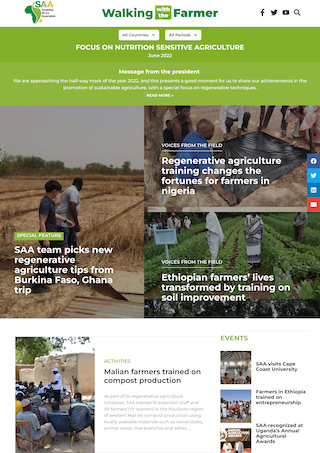
E-newsletter
"Walking with the Farmer"
SAA publishes a bimonthly e-newsletter reporting on SAA activities.
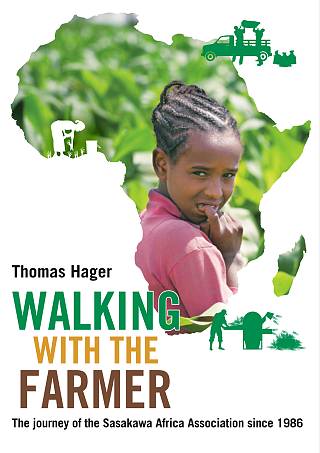
SAA history book
"Walking with the Farmer: The journey of the Sasakawa Africa Assoication since 1986"
This book chronicles the history of SAA from its inception to the present.
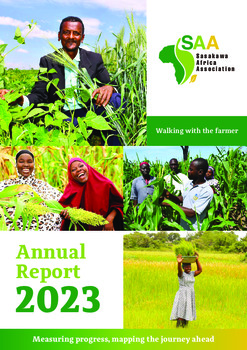
Annual Report
Annual Report FY2023
Annual Report FY2023 is available here.




